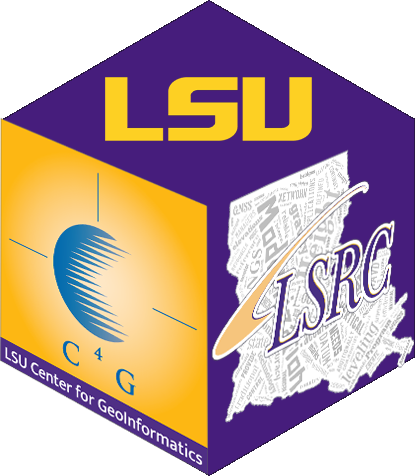CAN I USE MY SINGLE FREQUENCY SURVEY GRADE GPS RECEIVERS FOR ELEVATIONS?
Survey-grade GPS receivers can easily provide horizontal positions (latitude & longitude) to repeatable accuracies within the size of a dime (or even better). However, getting elevations in a reliable manner is quite involved. The accuracy of an elevation obtained with GPS equipment is generally three to seven times less accurate than for a horizontal position. That is due to a number of variables, the primary reason being atmospheric and solar conditions affecting accuracy. Land Surveyors use both single-frequency GPS receivers and dual-frequency GPS receivers for professional applications. The single-frequency (cheaper) GPS receivers are intended for horizontal-only applications because the instruments are not capable of properly compensating for atmospheric and solar conditions (ionospheric effects). Sometimes one can obtain correct values and sometimes one cannot obtain correct values with a single-frequency survey-grade GPS receiver. The problem is that one never knows whether the result is correct or not, and that is why the prudent professional uses the proper equipment for the job at hand.
Dual-frequency GPS receivers can properly compensate for ionospheric effects if the distance from the reference station is sufficiently close. (Remember, all survey-grade GPS receivers have to work in tandem with another GPS receiver that is in a fixed location and is used as a reference). The further a mobile survey-grade GPS receiver is from a reference station, the greater the accumulation of error for a given amount of time. In other words, if the Land Surveyor goes more than a mile or two from his reference station, for a given level of accuracy needed, the Land Surveyor needs to keep the mobile survey-grade GPS receiver in one place for a longer period of time – from minutes to perhaps hours. The longer an occupation is needed, the more expensive it is to determine the final coordinates or elevation of that point – time is money.
